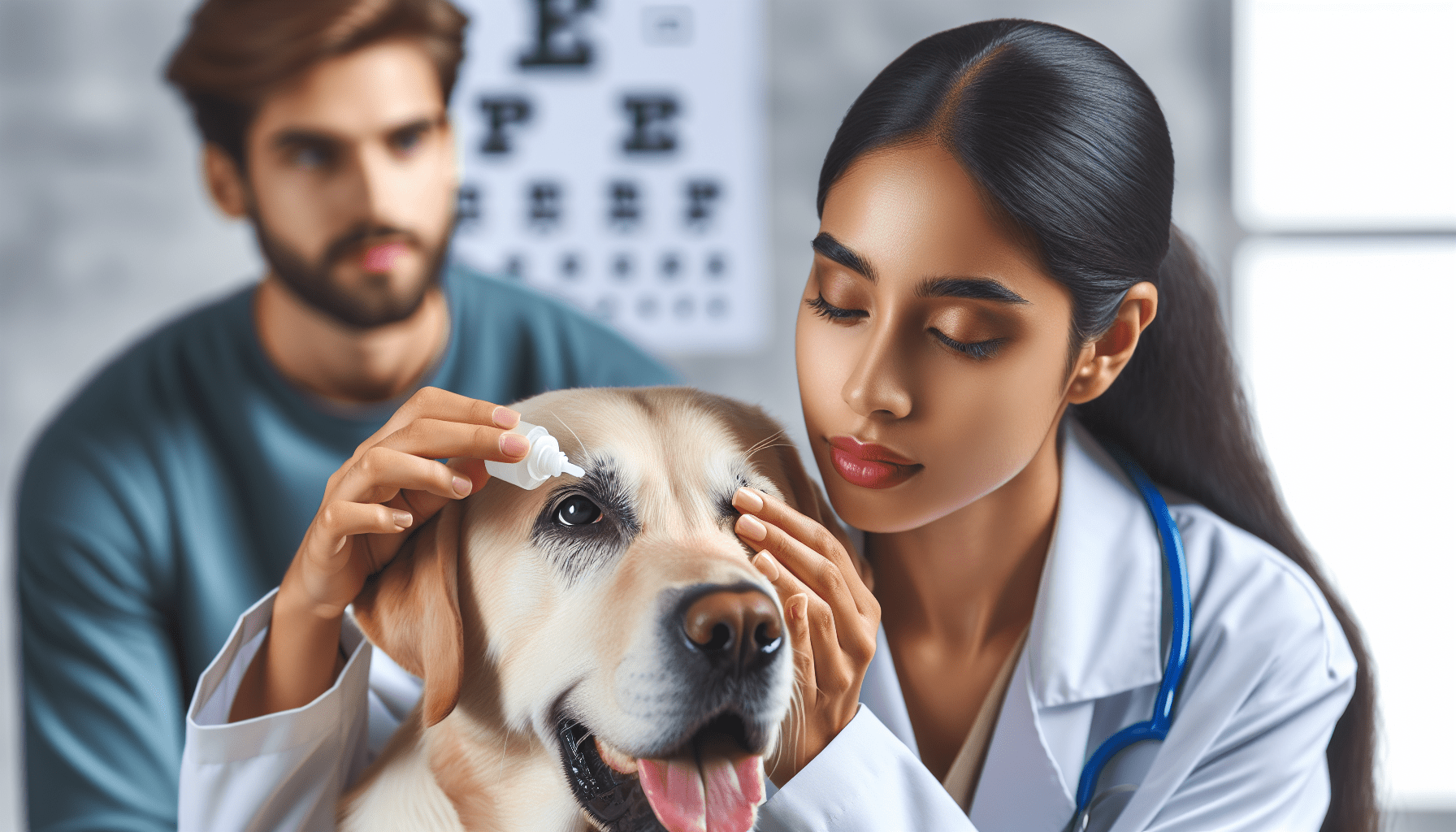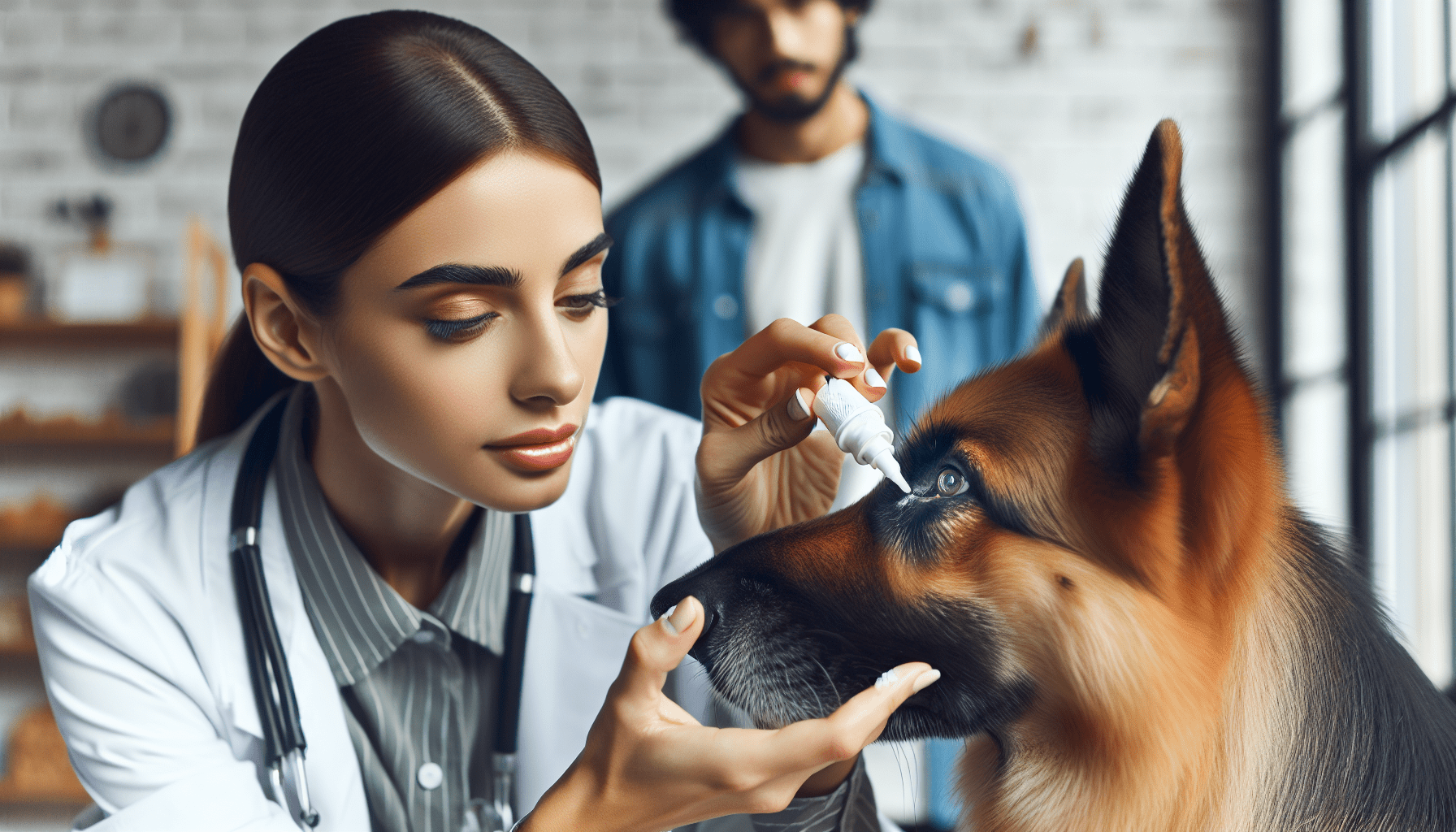Welcome to the world of canine eye care! In this article, you will learn about the importance of treating and preventing eye conditions in dogs. From regular eye exams to proper grooming techniques, taking care of your furry friend’s eyes is essential to their overall health and well-being. Let’s explore how you can help keep your pup’s eyes healthy and happy for years to come. Have you ever noticed your furry friend squinting or rubbing its eyes? As a pet owner, you want to ensure your four-legged companion is healthy and happy, which means taking care of their eyes. In this guide, we will discuss various eye conditions that can affect dogs, how to recognize the signs, and what steps you can take to treat and prevent these issues.
Common Eye Conditions in Dogs
Dogs can experience a variety of eye conditions, just like humans. Some of the most common eye problems that can affect dogs include:
Conjunctivitis
Conjunctivitis, also known as pink eye, is a common eye condition in dogs. It is characterized by inflammation of the conjunctiva, the thin membrane that covers the white part of the eye and lines the eyelids. Symptoms of conjunctivitis in dogs may include redness, discharge, and squinting.
If you suspect your dog has conjunctivitis, it is essential to seek veterinary care. Treatment for conjunctivitis in dogs may include antibiotic eye drops or ointment to help clear up the infection.
Glaucoma
Glaucoma is a serious eye condition that can lead to vision loss if left untreated. It is caused by an increase in pressure within the eye, which can damage the optic nerve. Symptoms of glaucoma in dogs may include squinting, redness, tearing, and a dilated pupil.
If you suspect your dog has glaucoma, it is crucial to seek immediate veterinary care. Treatment for glaucoma in dogs may include eye drops to reduce intraocular pressure or surgery to improve drainage of fluid from the eye.
Cataracts
Cataracts are a common eye condition in older dogs and can also be caused by genetics, injury, or other underlying health conditions. Cataracts cause cloudiness in the eye’s lens, which can lead to vision impairment. Symptoms of cataracts in dogs may include a white or bluish cloud over the eye, difficulty seeing in low light, and bumping into objects.
If you suspect your dog has cataracts, it is essential to consult with your veterinarian. In some cases, cataracts may require surgical removal to restore vision.
Cherry Eye
Cherry eye is a condition that occurs when the gland of the third eyelid prolapses, causing a reddish mass to protrude from the corner of the eye. Cherry eye is more common in certain breeds, such as Bulldogs, Cocker Spaniels, and Beagles. Symptoms of cherry eye in dogs may include a red mass in the corner of the eye, excessive tearing, and squinting.
If your dog develops cherry eye, it is essential to seek veterinary care. Treatment for cherry eye in dogs may include surgical replacement of the prolapsed gland.

Recognizing the Signs of Eye Conditions in Dogs
As a pet owner, it is crucial to be vigilant in monitoring your dog’s eye health. Recognizing the signs of eye conditions early on can help prevent further damage and discomfort for your furry friend. Some common signs of eye problems in dogs include:
- Redness: Redness in the white part of the eye or around the eyelids may indicate inflammation or infection.
- Squinting: Squinting or blinking excessively can be a sign of pain or discomfort in the eye.
- Discharge: Discharge from the eye can be a sign of infection or inflammation.
- Cloudiness: Cloudiness in the eye may indicate cataracts or other underlying eye conditions.
- Tearing: Excessive tearing or watery eyes can be a sign of irritation or blockage in the tear ducts.
If you notice any of these signs in your dog, it is essential to consult with your veterinarian for a thorough eye examination.

Preventing Eye Conditions in Dogs
While some eye conditions in dogs are unavoidable, there are steps you can take to help prevent certain issues and maintain your dog’s eye health. Here are some tips to help prevent eye conditions in dogs:
- Regular Veterinary Check-Ups: Routine veterinary examinations can help catch eye problems early on and prevent them from progressing.
- Proper Nutrition: A balanced diet rich in vitamins and nutrients can help promote overall eye health in dogs.
- Regular Grooming: Keeping your dog’s eyes clean and free of debris can help prevent infections and irritation.
- Protection from UV Light: Just like humans, dogs can be affected by UV light, which can lead to eye damage. Consider using doggie sunglasses to protect your pet’s eyes during outdoor activities.
By following these preventive measures, you can help keep your dog’s eyes healthy and reduce the risk of developing eye conditions.
Conclusion
As a responsible pet owner, it is essential to take care of your dog’s eyes and ensure they stay healthy and happy. By being mindful of common eye conditions, recognizing the signs of a problem, and taking preventative measures, you can help protect your furry friend’s vision and overall well-being. If you suspect your dog is experiencing an eye condition, do not hesitate to consult with your veterinarian for proper diagnosis and treatment. Remember, your dog’s eyesight is precious, so make sure to prioritize their eye health.

